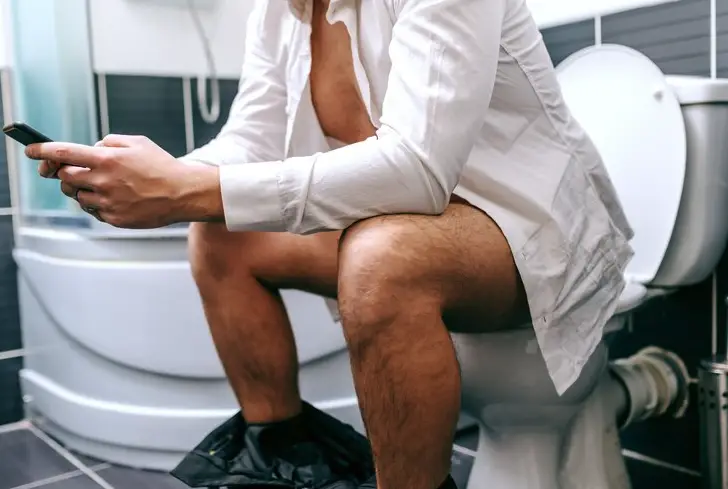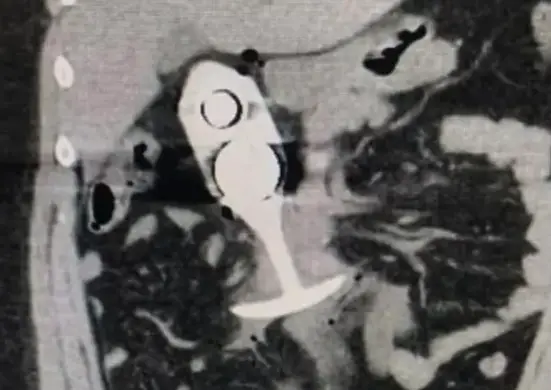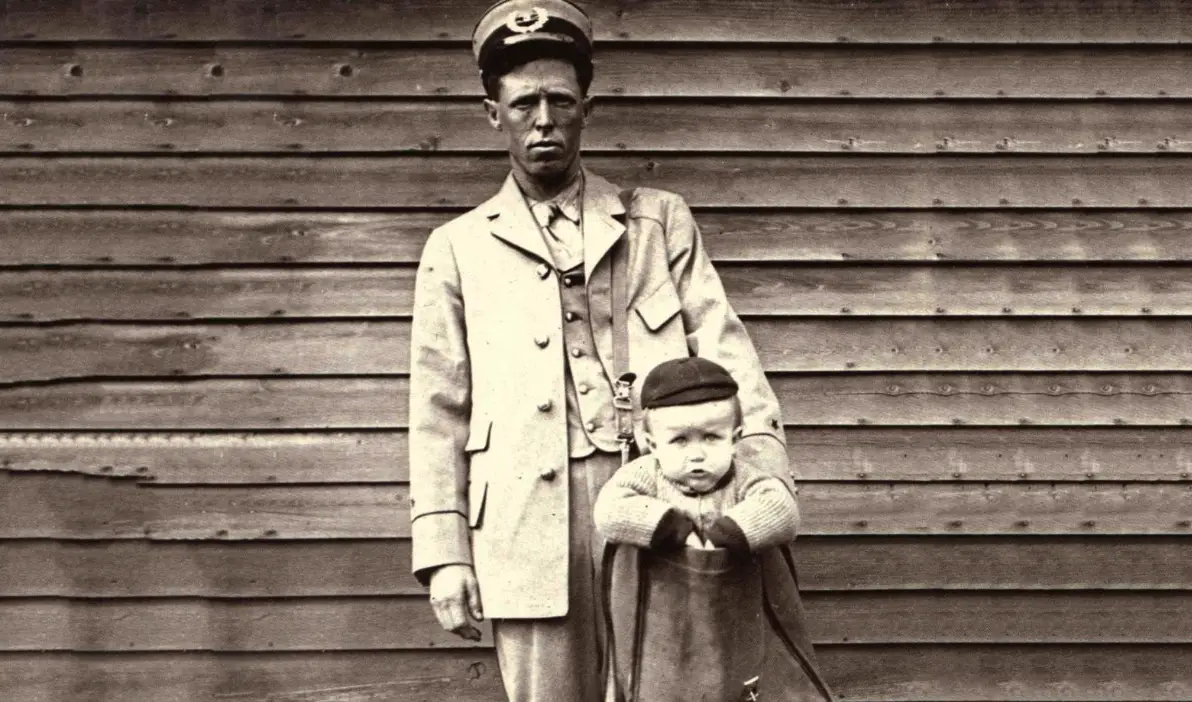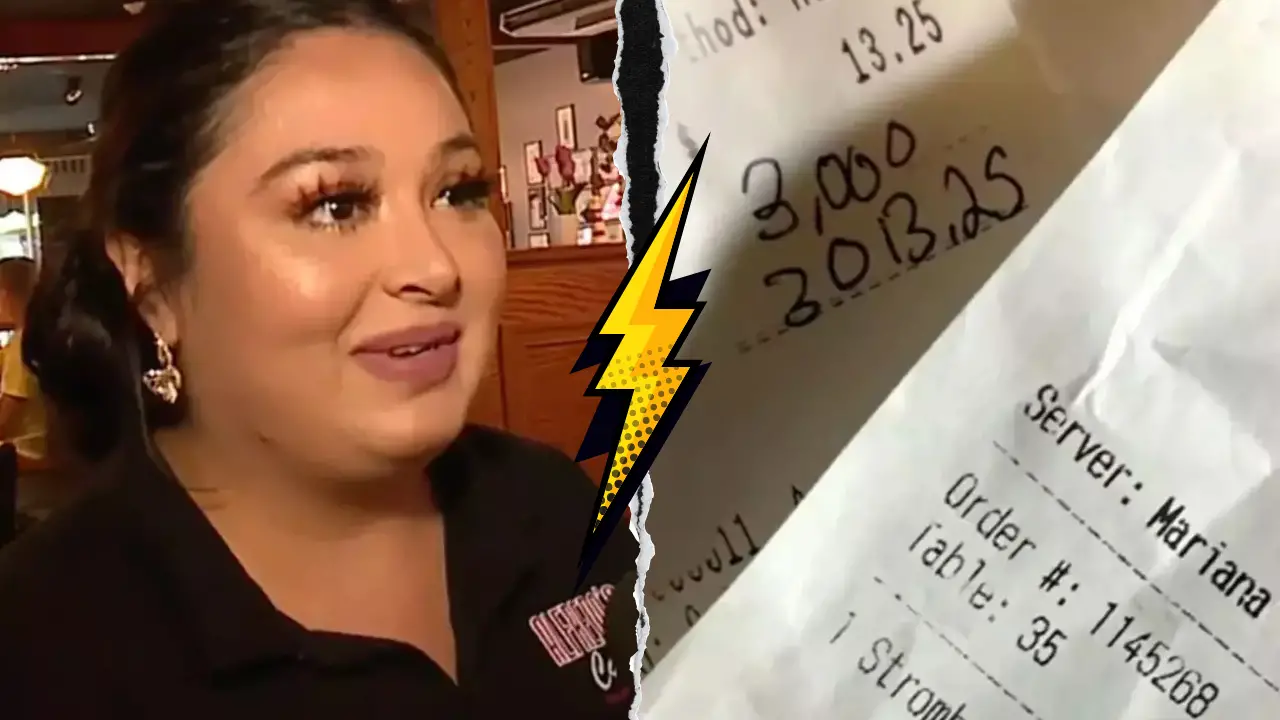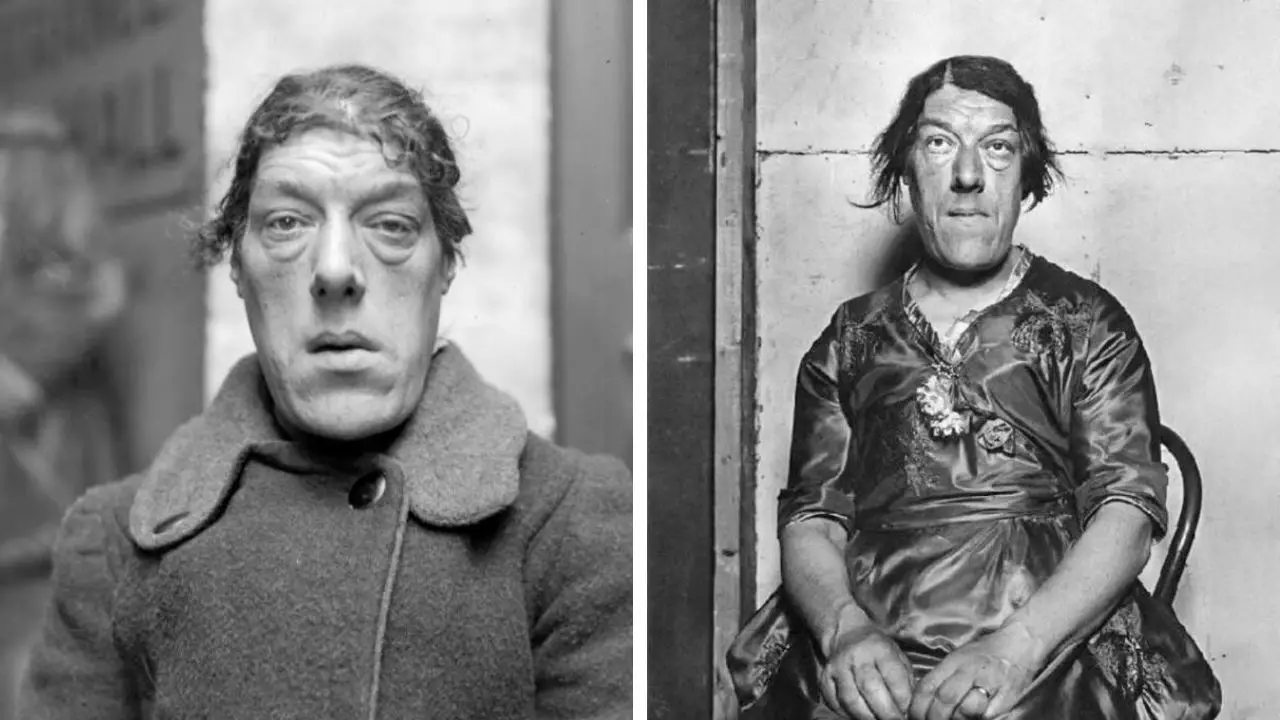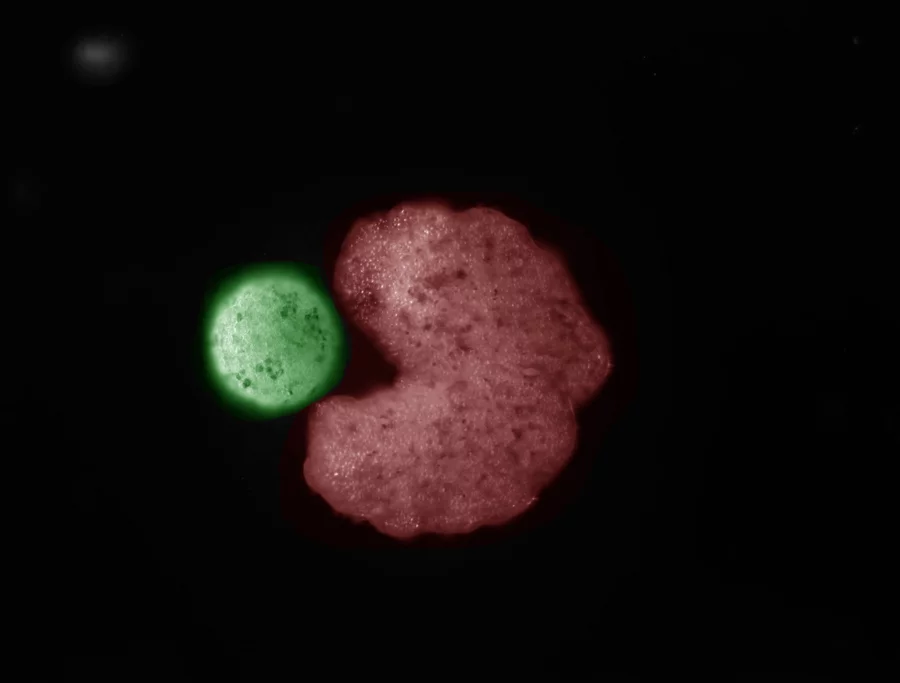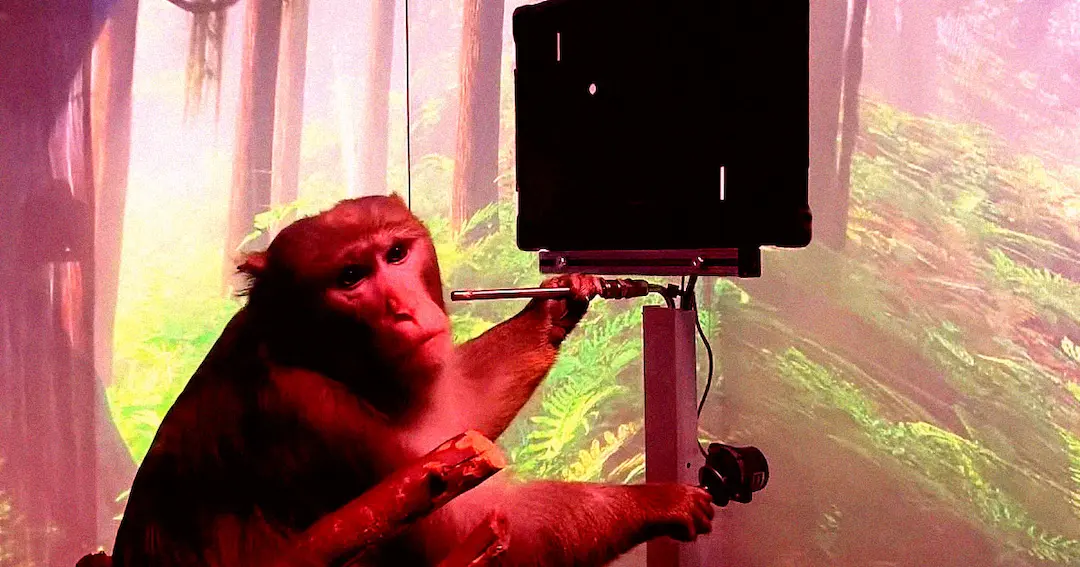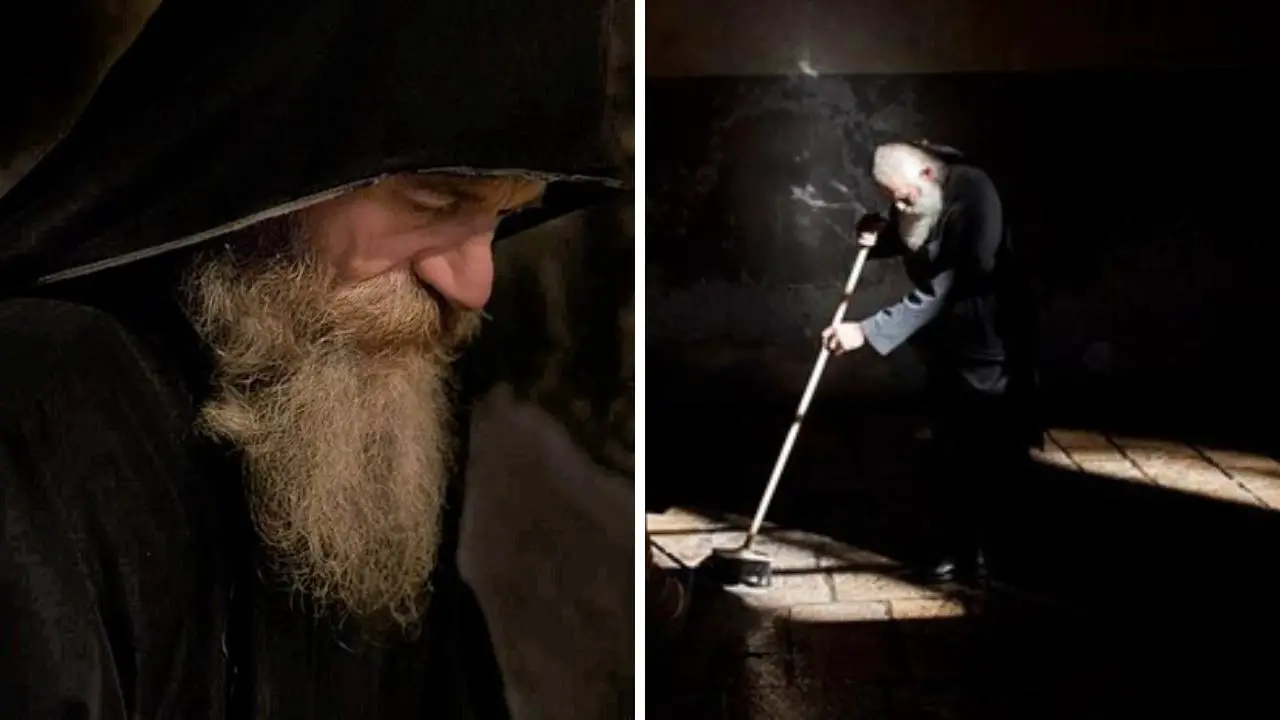Scientists toss 350,757 coins to prove theory that coin tosses aren’t 50/50
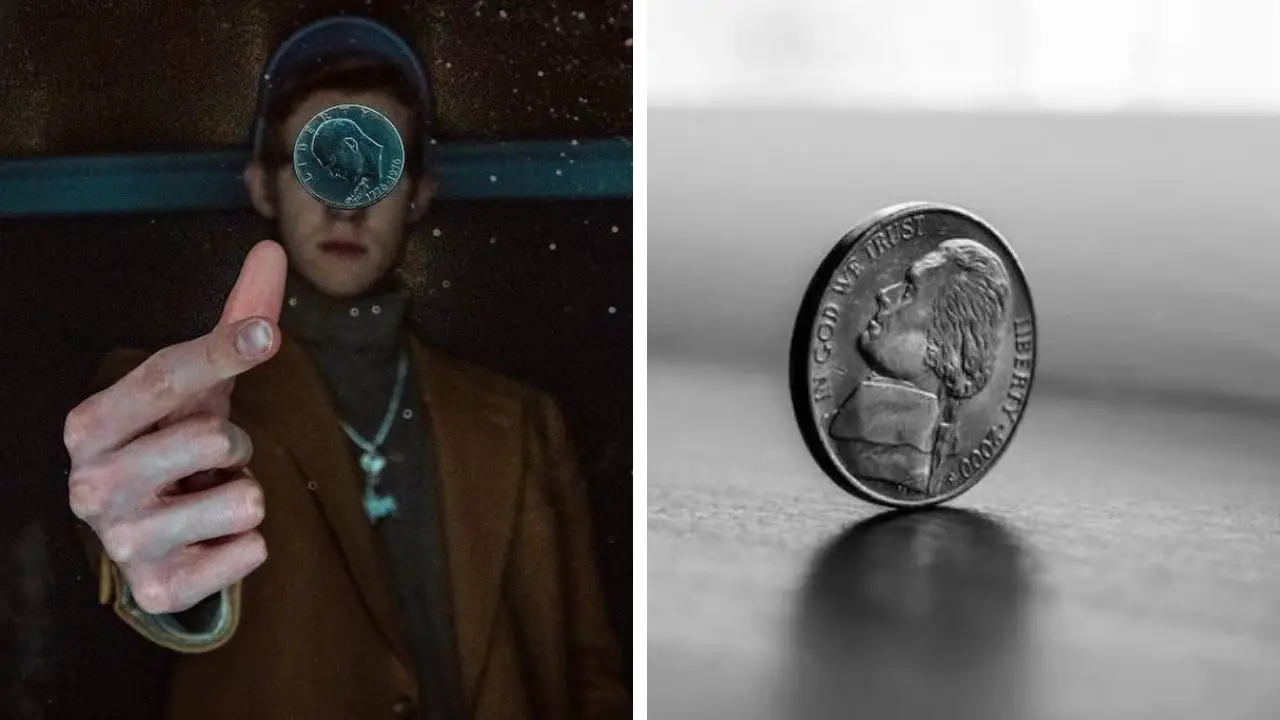
Coin tosses, those seemingly random decisions, have long been hailed as the epitome of a 50/50 chance. It’s a simple concept: you flip a coin, and it lands either heads or tails.
Intuitively, one might expect that with two sides and a completely random act of flipping, the outcome should be evenly distributed—50% heads and 50% tails.
However, scientific exploration into this humble act of chance reveals a surprising truth: coin tosses are not as perfectly balanced as we once believed.

Unmasking the Myth of 50/50
American mathematician Persi Diaconis delved into the world of coin tosses, embarking on a quest to unveil the secrets hidden behind this classic decision-making technique.
Diaconis introduced the notion that when a coin is tossed, it experiences a minute degree of wobbling, causing it to have a subtle “same-side bias.”
In other words, the side that initially faces upward has a slightly higher probability of being the side it lands on.
Intriguingly, Diaconis’ research, based on a smaller sample of coin tosses, revealed that coins showed a “same-side bias” approximately 51% of the time.
This was a remarkable revelation as it questioned the long-standing belief in the 50/50 equality of coin tosses.

A Grand Coin Toss Experiment
To further validate and expand upon Diaconis’ findings, a new research team conducted a comprehensive experiment.
They enlisted the participation of 48 individuals from diverse backgrounds, who collectively tossed an astounding 350,757 coins representing 46 different currencies.
The goal was to gain a deeper understanding of the true dynamics of coin tosses and to quantify the “same-side bias.”
The results were illuminating. The team discovered that, on average, coin tosses exhibited a 50.8% chance of landing on the same side as they were initially tossed from.
While this percentage may appear only slightly higher than the expected 50%, it holds the key to unlocking hidden advantages and strategies in various scenarios.
WATCH!
The Art of Harnessing the Bias
One might question the significance of such a marginal bias in everyday life. However, when it comes to high-stakes decisions or games involving a series of coin tosses, this “same-side bias” becomes a potential game-changer.
Consider a scenario in which one places a bet on the outcome of a coin toss, with the possibility of winning or losing money based on the result.
The research team provides an illustrative example: if you were to bet on the outcome of 1,000 coin tosses, each time paying a dollar to enter and potentially winning either 0 or 2 dollars based on the result, the starting position of the coin would play a crucial role.
On average, knowing this starting position could earn you 19 dollars, creating a discernible advantage over time.
To put this into perspective, this advantage surpasses that of the casino in certain games.
For instance, it exceeds the casino advantage in a six-deck blackjack game against an optimal-strategy player but falls short of the advantage the casino enjoys in single-zero roulette.
The Path to Fair Coin Tosses
Fortunately, the researchers offer a straightforward solution for those who need to rely on coin flips for high-stakes decisions.
When coin tosses are used for significant determinations, concealing the starting position of the coin becomes the wisest course of action.
This minimizes the impact of the “same-side bias” and restores the fairness of the coin toss.
In conclusion, the act of flipping a coin, once regarded as the embodiment of a 50/50 chance, harbors a subtle “same-side bias” that can influence the outcome over time.
Understanding this bias opens up opportunities for those who seek an edge in scenarios involving repeated coin tosses.
By concealing the starting position of the coin, fairness and equilibrium can be restored in decision-making processes relying on this age-old practice.
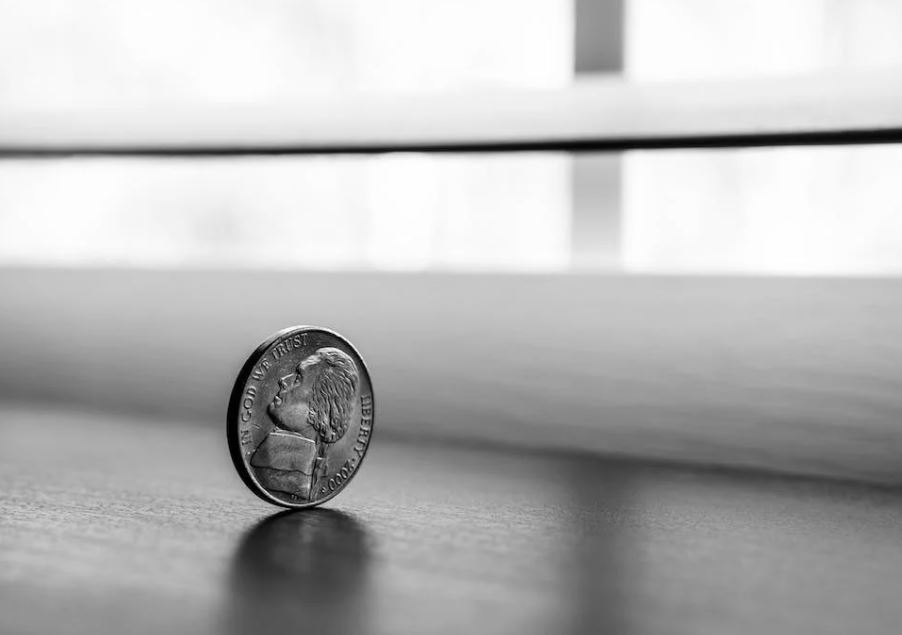
The Power of Coin Tosses in Decision-Making
Coin tosses, seemingly the epitome of a 50/50 chance, have been revealed to harbor a hidden bias.
Scientific research conducted by mathematician Persi Diaconis and a dedicated team of researchers explored the dynamics of coin tosses, unmasking the truth behind this age-old practice.
The findings challenged the conventional belief in a 50/50 probability and shed light on the “same-side bias.”
The experiment, involving a staggering 350,757 coin tosses from 46 different currencies, unveiled a 50.8% chance of the coin landing on the same side it was tossed from.
While this bias may appear slight, it carries significant implications, particularly in scenarios involving repeated coin tosses.
In situations where high-stakes decisions or games hinge on coin flips, the knowledge of the starting position of the coin can offer a distinct advantage.
By concealing this starting position, fairness can be restored, ensuring a truly random outcome.
The coin toss, a timeless decision-making tool, continues to hold surprises, reminding us that even in seemingly simple acts, the secrets of probability and chance can be found.
The next time you reach for a coin to make a decision, remember that the odds may not be as even as they seem.






